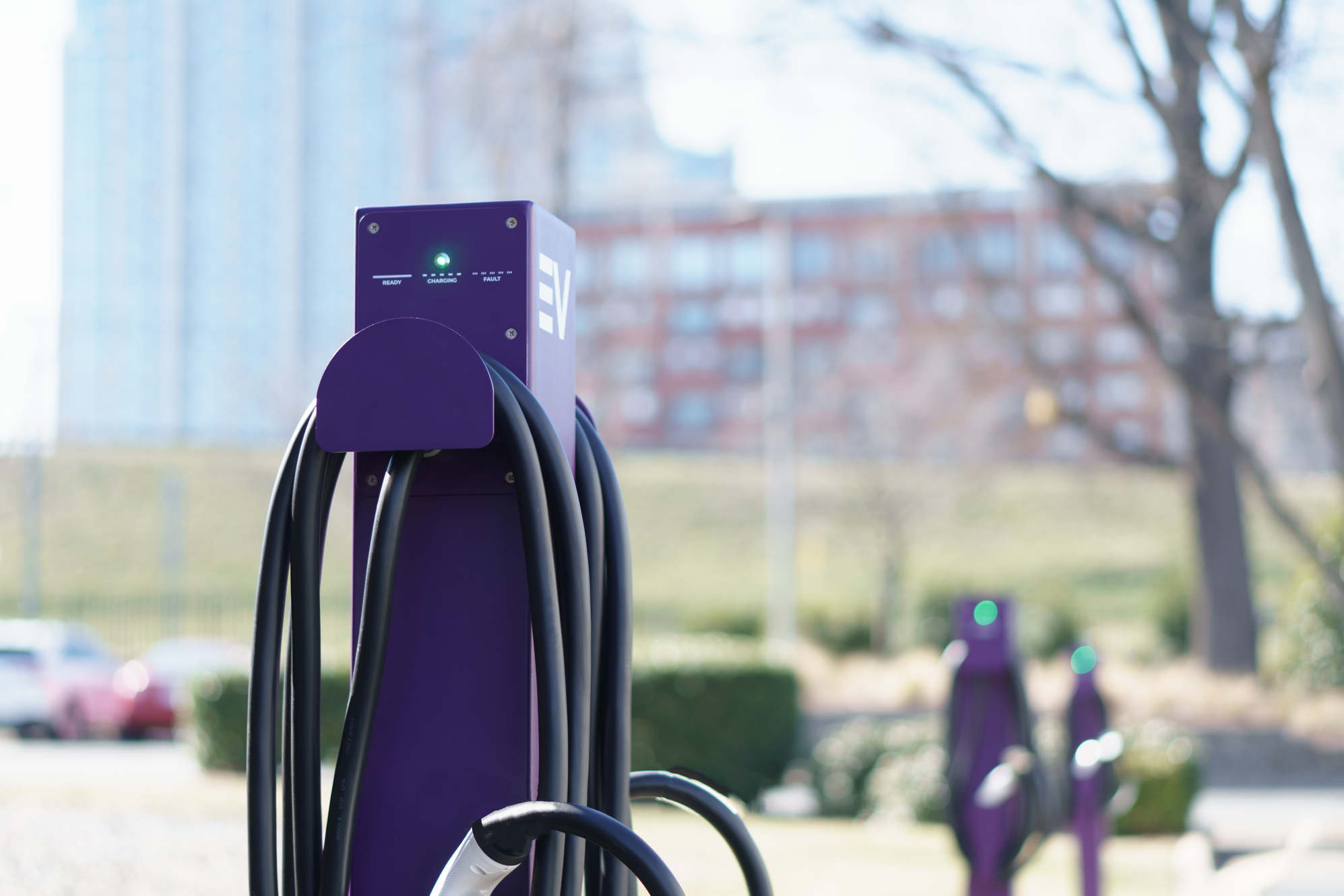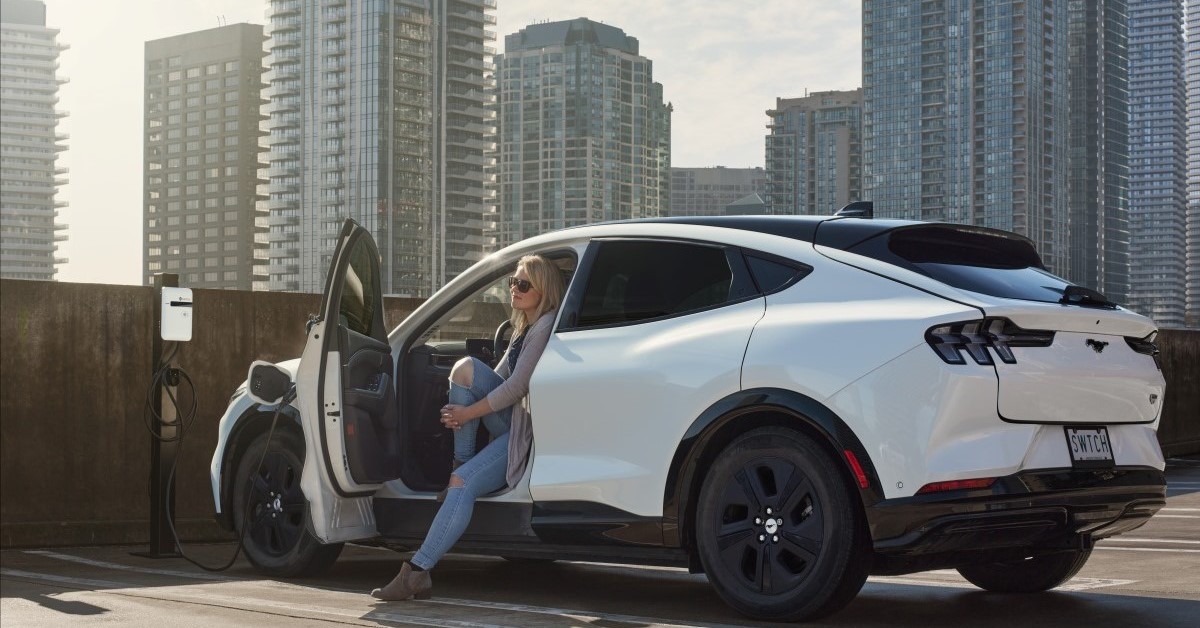Orange is a good solution but does require access to cell signals, so it is a bit more involved. If using the 120V units, the transaction fees add up compared to how much juice you can pull.As for billing, you and/or your HOA could engage Orange, I have never used them but they seem like an easy/simple way to do Level 1 charging and billing.

Affordable EV Charging at Apartments
Orange designs and creates our hardware and software platform for electric vehicle charging to reduce the installation and management costs of electric vehicle charging at multi-unit properties.www.orangecharger.com
Your spot is almost certainly a "Limited common element" and is deeded to your unit. If you look up your unit on your local government's real estate site, you'll almost certainly see the parking spot attached to the unit. You can sell, rent, or trade the spots. The HOA and your local government will have a process for doing so. At our place, one Model 3 owner found another garage space owner willing to swap spots informally so he could get close to an outlet without literally changing ownership of the spots. We documented that in the ad-hoc charging agreement he signed.My spot is actually more desirable (closer to the door) so I bet there’s a chance they’d agree to the swap. As I understand it we don’t own the space but own a contract that guarantees us exclusive use of our space but nothing says the space can’t change (HOA can even reassign spaces on occasion).
This depends on your local electricity provider, your local jurisdiction, and your HOA rate plan. For us, it is very cheap. It is likely to be the lowest cost charging you'll encounter. If your Board or HQA management doesn't know this off-hand, you can ask for a year or two's worth of electricity bills and see the average all-in rate (total bill / total kWh on that bill). At our place, I do a running average of four months to smooth out the bumps, and I've been tracking that for years. This allows us to see long-term averages well.With this system how much do you typically get billed for your EV charging?









